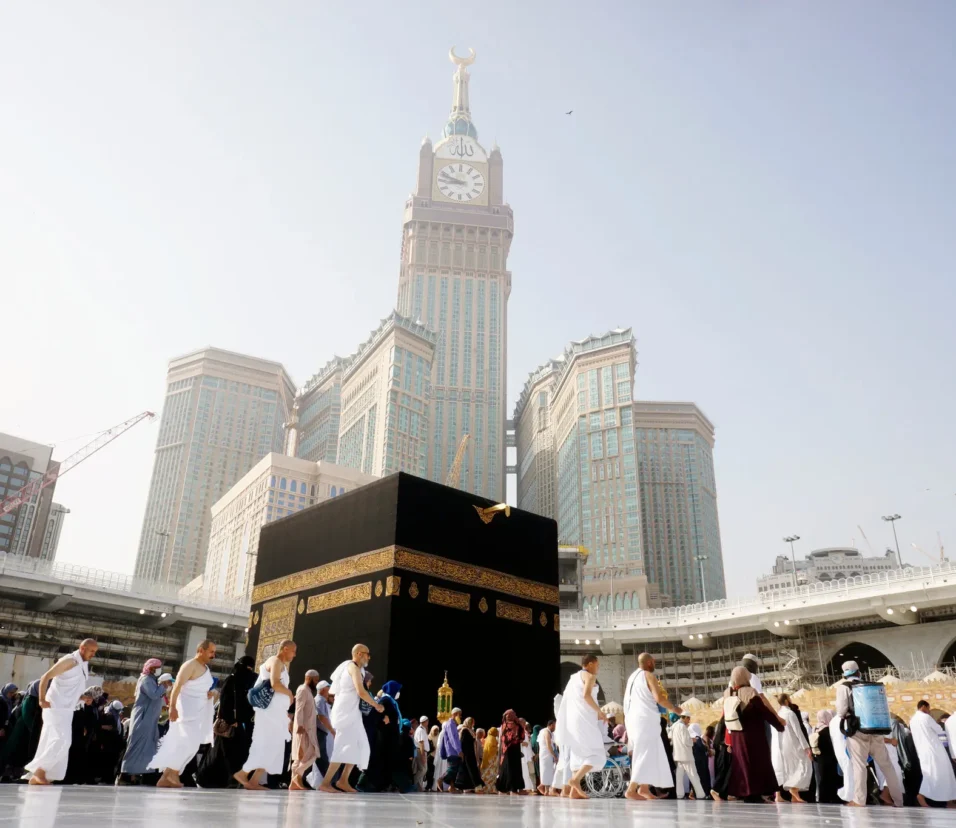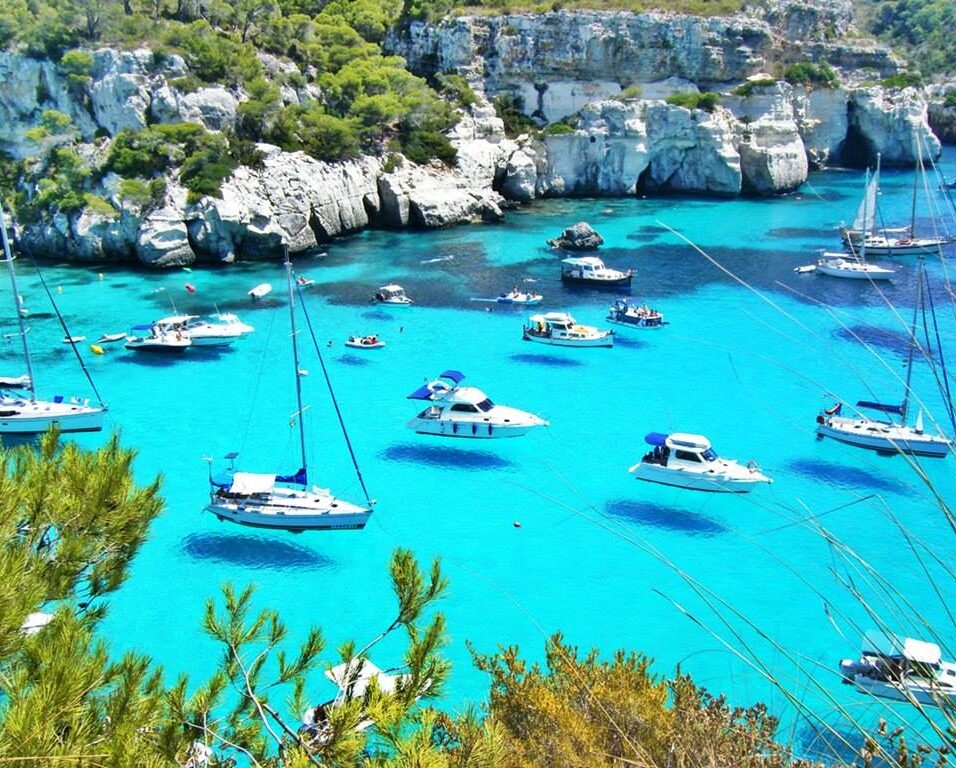Chamoli
Nature has blessed Dev Bhoomi Uttarakhand with heavenly beauty, and Chamoli district is no exception. During the Satya Yuga, Lord Shiva lived in Chamoli district. During ancient times, the God of Gods, Shiva, resided in Kailash Parvat, also known as Trishul Peak. In Chamoli, Devi Parvati took on the form of Nanda. Chamoli district, which is associated with numerous legendary stories from the Hindu holy epics Ramayana and Mahabharata, provides a unique blend of beauty, nature, and spirituality.
Chamoli District Tourism
Chamoli is Uttarakhand’s second largest district, covering 8,030 square kilometers and ranging in elevation from 800 to 8000 meters above sea level. The snow-capped Himalayan peaks in Chamoli include Nanda Devi, Nanda Ghunti, Trishul, Hathi Parvat, Mrigthuni, and Neelkanth. The fascinating glaciers, such as Doonagiri, that nestle char dham yatra tour operators between the Himalayan peaks, as well as trekking routes such as Dronagiri and Kuari Pass, provide heavenly pleasure to nature lovers. To add to the fun, Chamoli district has Auli Bugyal for adventure sports enthusiasts who want to ski as a beginner or professional. Chamoli district is home to several tributaries of the holy Ganga, including the Alaknanda, Ramganga, Dhauli Ganga, Birhi Ganga, Nandakini, Khilrawan, and Pindar rivers, all of which contribute to its beauty and significance.
Chamoli district also boasts mountains and plains covered in a diverse range of flora and fauna. Valley of Flowers National Park is a showcase of hundreds of varieties of wild flowers, providing shades of colorful flowers—your heart will leap with joy, and you will look to the sky to thank God that you have visited this place at least once in your life. Nanda Devi Biosphere Reserve protects a wide range of tree species and wild animals.
Do you want to visit Char Dham? Char Dham Travel Agent is the best place to plan your Char Dham tour. You can book the tour from here.
Above all, Chamoli district is home to a number of pilgrimages that attract thousands of Hindu devotees each year. Chamoli district includes one of the Char Dham pilgrimages, Badrinath, all five Panch Badri—Adi Badri, Yogdhyan Badri, Bhavishya Badri, Vriddha Badri, and Badri Bishal (Badrinath), three Panch Prayag—Vishnuprayag, Nandprayag, and Karnaprayag, two Panch Kedar—Rudranath and Tungnath, and other major pilgrimages such as Joshimath, Hem Kund Sahib, and Gopeshwar.
Festivals in Chamoli District
The Nanda Devi Raj Jat Yatra is the most popular festival in Dev Bhoomi Uttarakhand, starting in Chamoli district and celebrated with joy and compassion by Garhwali and Kumauni locals. Other festivals observed by Chamoli residents include char dham yatra Nag Panchami, Rakshya Bandhan, Krishna Janmasthami, Dushera (Dashain, Nepali Hindus’ greatest festival), Dipawali, Makar Sankranti, Shivaratri, Basant Panchami, Holi, and Ram Navami. People sing folk songs and perform folk dances like Thadiya, Mela, Pandava, Jeetu Bhagdawal, and Jagars.
Chamoli District: Administrative Setup
Tibet borders the Chamoli district to the north, Uttarkashi district to the northwest, Pithoragarh and Bageshwar districts to the east, Almora district to the south, Pauri Garhwal district to the southwest, and Rudraprayag district to the west. Six tehsils and nine development blocks divide the Chamoli district.
Would you like to visit Indiar? A tour operator in India is the best place to plan your tour. You can book a tour from here.
Chamoli district includes 27 allopathic hospitals, 59 ayurvedic hospitals, 6 homeopathic hospitals, 11 primary health centers, 7 family and child welfare centers, and 104 family and child subcenters. To ensure quality education, the Chamoli district has 1133 primary schools, 322 middle schools, 188 secondary and senior secondary schools, and six colleges.
Chamoli District: Economy
Chamoli district covers 8,030 square kilometers, with forest accounting for 58.38% of the area. In Chamoli district forests, the most common tree types are deodar, chir, banj, burans, ringal, anyar, and coniterous. Fruits commonly found include apple, mango, orange, pear, khumani, and walnut. Agriculture is the primary occupation in Chamoli district, with major crops including rice, seasonal vegetables, millets, potatoes, and pulses. Other crops commonly grown in the Chamoli district include ogal, fafur (fapar), rajma, mandua, jaun, ural, soybean, wheat, maize, and barley. They also grow tomatoes and onions. Chamoli grows cereals such as urd, arhar, and rapeseed.
Currently, Chamoli district does not export any goods; potential areas of industrial growth include adventure and religious tourism (hotels/restaurants, travel agencies, trekking guides), mini hydropower projects, fishery, herbal plants and trees, tea cultivation, beekeeping, woolen industry, and fruit processing. These industries provide opportunities for Chamoli residents to earn money.
Would you like to visit Haridwar? Travel agents in Haridwar are the best place to plan your trip. You can book your tour right here.
History of Chamoli District.
Following the fall of the Katyuri dynasty, which ruled over a united Uttarakhand, the Garhwal region was divided into 64 principalities. During King Jagatpal’s reign (1455 to 1493 AD), Chandpurgarh of Garhwal rose to prominence. King Ajaypal, a descendant of Jagatpal, transferred the capital to Srinagar. In 1803, the Gurkhas conquered the independent Garhwal Kingdom. British forces defeated the Gurkhas during the Anglo-Nepalese War in 1816. King Sudarshan Shah restored the rest of the kingdom to Tehri village, while the British ruled the region east of the Alaknanda and Mandakini rivers. Two districts, Pauri Garhwal and Chamoli, separated from Garhwal district in 1960.
Chamoli district became independent on February 24th, 1960.
Population in Chamoli District
According to the 2011 national census, Chamoli district has a total population of 391,605, with 197,614 females and 193,991 males. The child population aged 0–6 is 52,161, with 24,552 girls and 27,609 boys. The urban population accounts for 15.17% of the total population, totaling 59,396. Rural areas account for 84.83% of the population, which totals 332,209.
Chamoli’s literacy rate stands at 82.65%.
| Total Area | 8,030 Sq. Km. | |||
| Particulars | Total | Female | Male | Remarks |
| Population | 391,605 | 197,614 | 193,991 | Growth rate: 5.74% change as of 2001 |
| Sex ratio | 1019 women per 1000 men | |||
| Literate population | 280,556 | 125,161 | 155,395 | |
| Literacy rate (%) | 82.65 | 72.32 | 93.40 | |
| Child population (age 0-6) | 52,161 | 24,552 | 27,609 | 13.32% of total |
| Child sex ratio | 889 girls per 1000 boys | |||
| Urban Population | 59,396 | 25,774 | 33,622 | 15.17% of total |
| Urban sex ratio | 767 women per 1000 men | |||
| Urban literate population | 48,253 | 19,729 | 28,524 | |
| Urban Literacy rate (%) | 91.99 | 87.20 | 95.63 | |
| Urban Child population (age 0-6) | 6,944 | 3,148 | 3,796 | 11.69% of total |
| Urban Child sex ratio | 829 girls per 1000 boys | |||
| Rural population | 332,209 | 171,840 | 160,369 | 84.83% of total |
| Rural sex ratio | 1072 women per 1000 men | |||
| Rural literate population | 232,303 | 105,432 | 126,871 | |
| Rural Literacy rate (%) | 80.94 | 70.08 | 92.91 | |
| Rural Child population (age 0-6) | 45,217 | 21,404 | 23,813 | 13.61% of total |
| Rural Child sex ratio | 899 girls per 1000 boys | |||
| Proportion to Uttarakhand Population | 3.88% |
History of Chamoli District.
The Katyuri dynasty, which ruled over a united Uttarakhand, fell, dividing the Garhwal region into 64 principalities. During King Jagatpal’s reign (1455 to 1493 AD), Chandpurgarh of Garhwal rose to prominence. King Ajaypal, a descendant of Jagatpal, transferred the capital to Srinagar. In 1803, the Gurkhas conquered the independent Garhwal Kingdom. British forces defeated the Gurkhas during the Anglo-Nepalese War in 1816. King Sudarshan Shah restored the rest of the kingdom to Tehri village, while the British ruled the region east of the Alaknanda and Mandakini rivers. Two districts, Pauri Garhwal and Chamoli, separated from Garhwal district in 1960.
Chamoli district became independent on February 24th, 1960.
Weather and climate in Chamoli District
Chamoli district, which spans a large area of highly varied altitude, experiences a wide range of climatic conditions, from extreme heat to pleasant warmth during the summer and extreme cold with snowfall to cold with mist during the winter. Rainfall varies depending on whether the land is forested or not. You can read about the distinct climatic conditions of various locations.
How do I get to Chamoli District?
By Air: The nearest airport is Jolly Grant Dehradun, which is approximately 20 kilometers from the district headquarters in Gopeshwar. There are daily flights between Jolly Grant and Delhi/Chandigarh. You’ll need to take a taxi or cab from Jolly Grant to Chamoli.
By Rail: The nearest railhead is Rishikesh Railway Station, which is approximately Km from Gopeshwar. You can get a taxi or a bus from Rishikesh to Chamoli. Rishikesh is the route you can take from Haridwar or Dehradun.
By Road: Chamoli district is well-connected to the major towns of Dev Bhoomi, Uttarakhand, by road. There is a regular bus service between Rishikesh and Srinagar. Rishikesh, Pauri Garhwal, Uttarkashi, Rudraprayag, Ukhimath, Srinagar, and Gopeshwar are all well connected to Chamoli district via roads.
Places to See in Chamoli District
Mana Village: Mana village, which houses Vyas Gufa, is located three kilometers from Badrinath Temple. Satyavati, a woman cursed to birth as a fish, gave birth to Maharshi (sage) Vyas in this cave. The cursed angel consumed the brave king’s sperm and delivered it to the queen through a bird’s mouth, resulting in the birth of two children in her womb. Later, a ship’s fisherman removed a girl and a boy child from the womb, preparing them for food. Thus, the angel found freedom from her sin. The King took the baby boy, while Matsya Raj, the ship sailor and fisherman, cared for the baby girl, Satyavati. Attracted to Satyavati’s beauty, Maharshi Parasar created mist around Yamuna and copulated with her. Satyavati, in turn, lost her unpleasant fish odor and gained a pleasant, widespread odor. Thus, Sage Vyas conceived and gave birth near the Saraswati River on the grounds of Vyas Gufa, the only location where the Saraswati River appears. It is thought that Vyas grew and went to meditate shortly after birth. He practiced meditation at Vyas Gufa.
Joshimath: Joshimath, located in the Chamoli district of Dev Bhoomi Uttarakhand, is 6,150 meters above sea level and serves as the starting point for several mountain climbing expeditions, as well as the trekking route to the major Char Dham pilgrimage of Badrinath. The Narsinha temple of Bhavishya Badri, which represents the future Badri and is one of the Panch Badris, stands majestically in Joshimath. After a 10-kilometer trek, you will arrive in Tapovan, where you will see a hot spring and the breathtaking beauty of the Dhauliganga.
Gopeshwar: Similar in structure to the Kedarnath temple, the Gopeshwar temple dedicated to Lord Shiva is 10 kilometers from Chamoli and features a grand dome, a 30 square foot sanctum, and 24 doors. Gopeshwar temple, built between the 9th and 11th centuries AD during the Katyuri dynasty, is home to Rudranath temple, one of the Panch Kedar during the winter season. This temple is unique in offering ‘Bel-Patra’ to Lord Shiva instead of milk and water. According to legend, this was the site where a cow milked the Shiva Linga every day, and the state’s king built a temple there.





